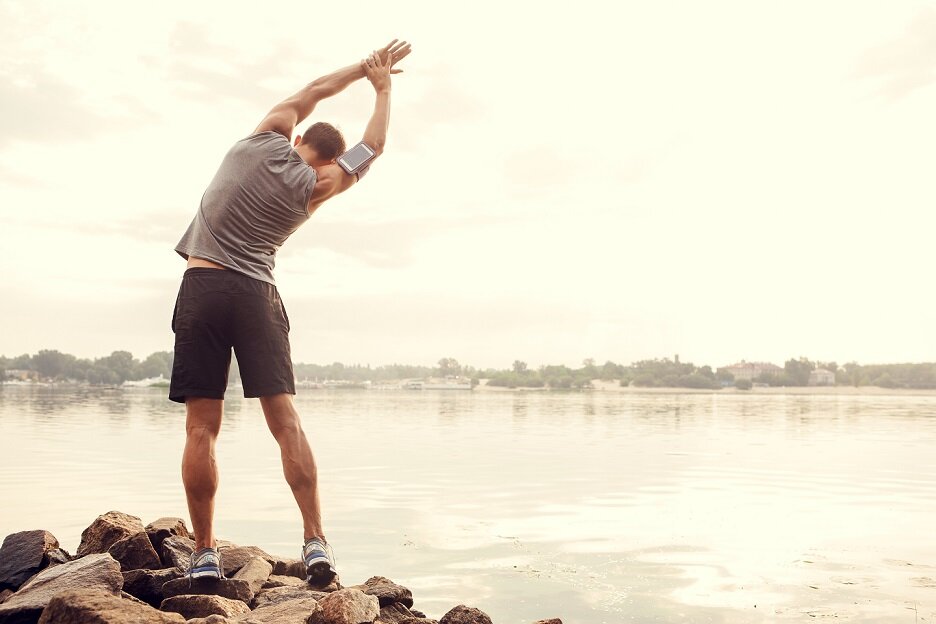Hypertension [or high blood pressure] is one of the leading preventable causes of cardiovascular disease. The preferred treatment for hypertension has long been moderate exercise. But a new study carried out at the University of Saskatchewan has found that merely stretching for 30 minutes is even more effective than a brisk walk.
Image Credit: fizkers via Shutterstock / HDR tune by Universal-Sci
Dr. Phil Chilibeck (Ph.D.) is a kinesiology professor and co-author of the study published in the Journal of Physical Activity and Health. He explains, "Everyone thinks that stretching is just about stretching your muscles. But when you stretch your muscles, you're also stretching all the blood vessels that feed into the muscle, including all the arteries. If you reduce the stiffness in your arteries, there's less resistance to blood flow."
It has been well documented that yoga and other stretching exercises have many health benefits, including improvements to the cardiovascular system. This study is the first to directly compare stretching and aerobic activity to discover which is more effective at lowering high blood pressure. Chilibeck and his team used a group of middle-aged men and women who all suffer from stage-1 hypertension. Each volunteer was randomly assigned either a stretching routine or brisk walking.
Each person performed their assigned activity for 30 minutes per day, five days per week, for eight weeks. Before and after the eight weeks, each volunteer had their blood pressure measured whilst sitting and laying down. They also wore a blood pressure monitor for 24 hrs for a more comprehensive reading.
The study showed that the subjects who were stretching for 30 minutes per day had superior improvements in their blood pressure levels than the walkers. It should be noted that the walkers did lose more abdominal fat [a key factor in cardiovascular health] over the eight weeks than their counterparts.
Image Credit: Lizardflms via Shutterstock
Chilibeck stressed, "I don't want people to come away from our research thinking they shouldn't be doing some form of aerobic activity. Things like walking, biking, or cross-country skiing all have a positive effect on body fat, cholesterol levels, and blood sugar."
Chilibeck hopes that, after further research, stretching will be prescribed to complement aerobic exercise in the treatment of high blood pressure. Although the participants all completed 30-minute stretching programs, Chilibeck believes that similar benefits can be achieved in a shorter time by concentrating mainly on large muscle groups. Additionally, these stretching programs can be easily worked into a person's daily routine, as they can be done indoors with no special equipment.
Chilibeck and his colleagues are planning to further their understanding of the benefits of stretching in reducing blood pressure. Future studies will explore the mechanisms involved more closely, including arterial flexibility and the effects on the parasympathetic nervous system.
Further reading:
FEATURED ARTICLES:












